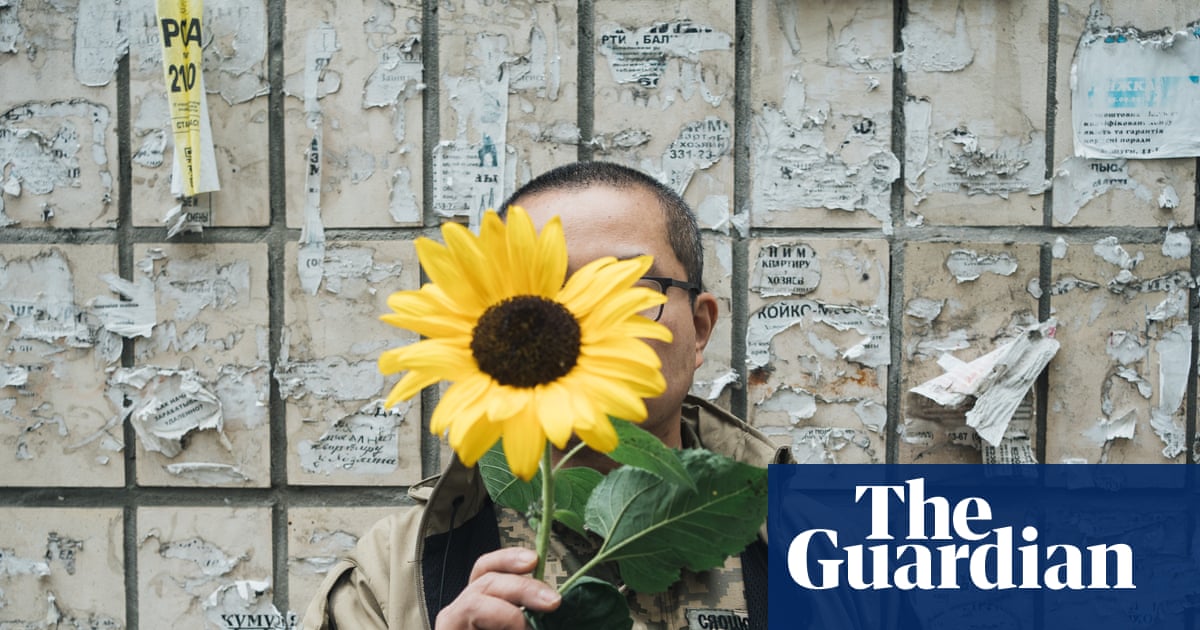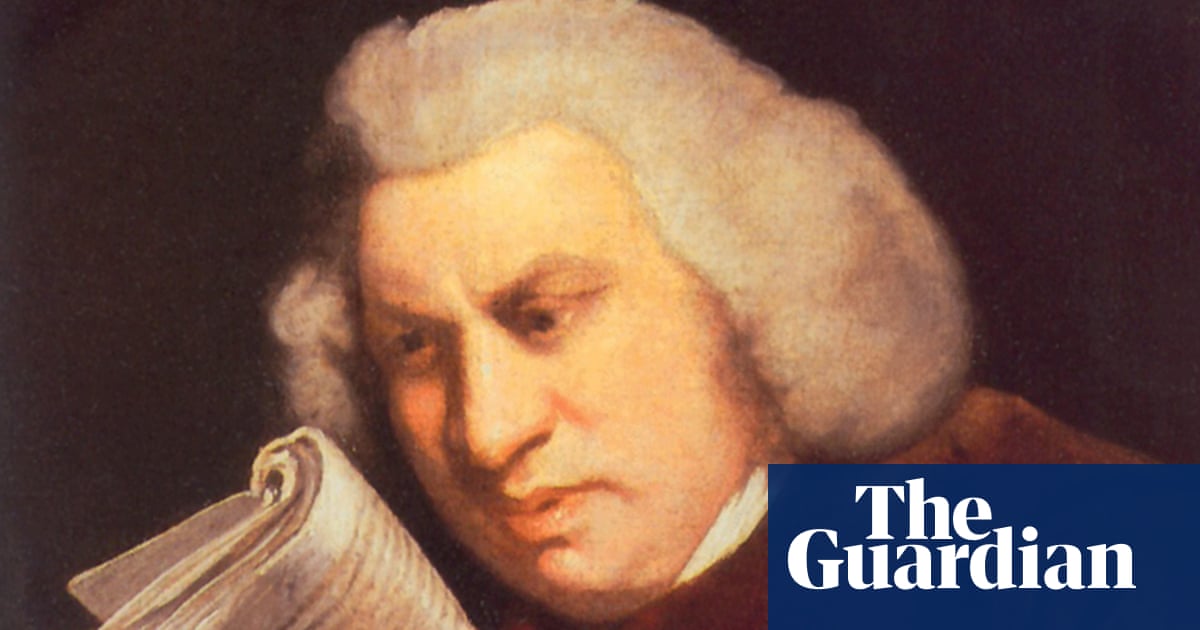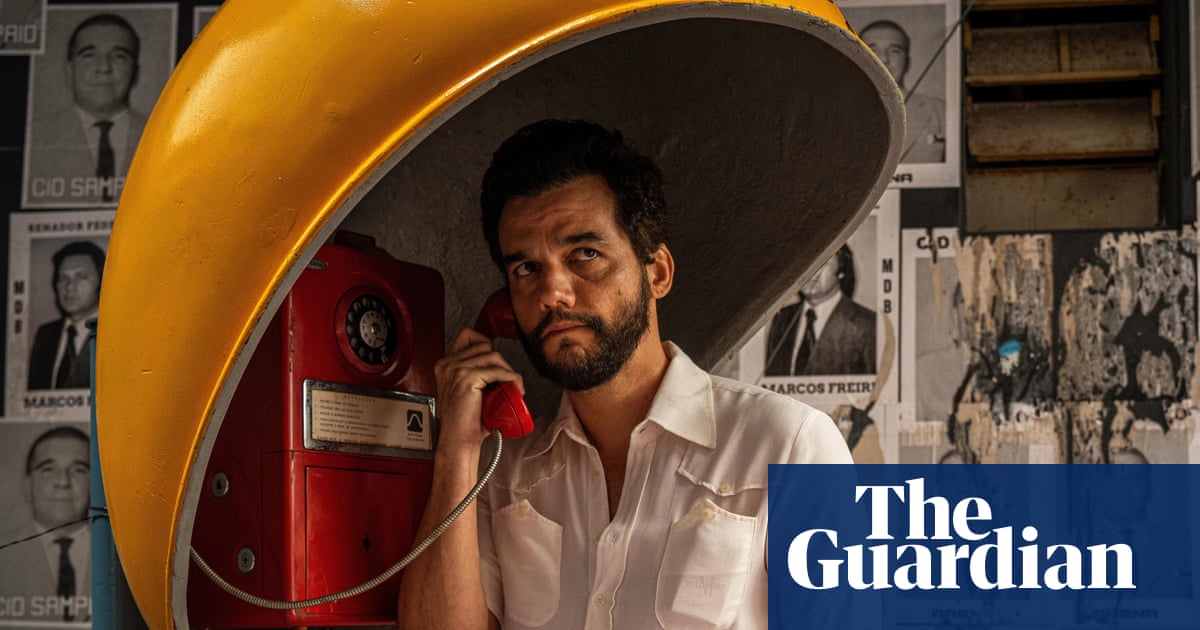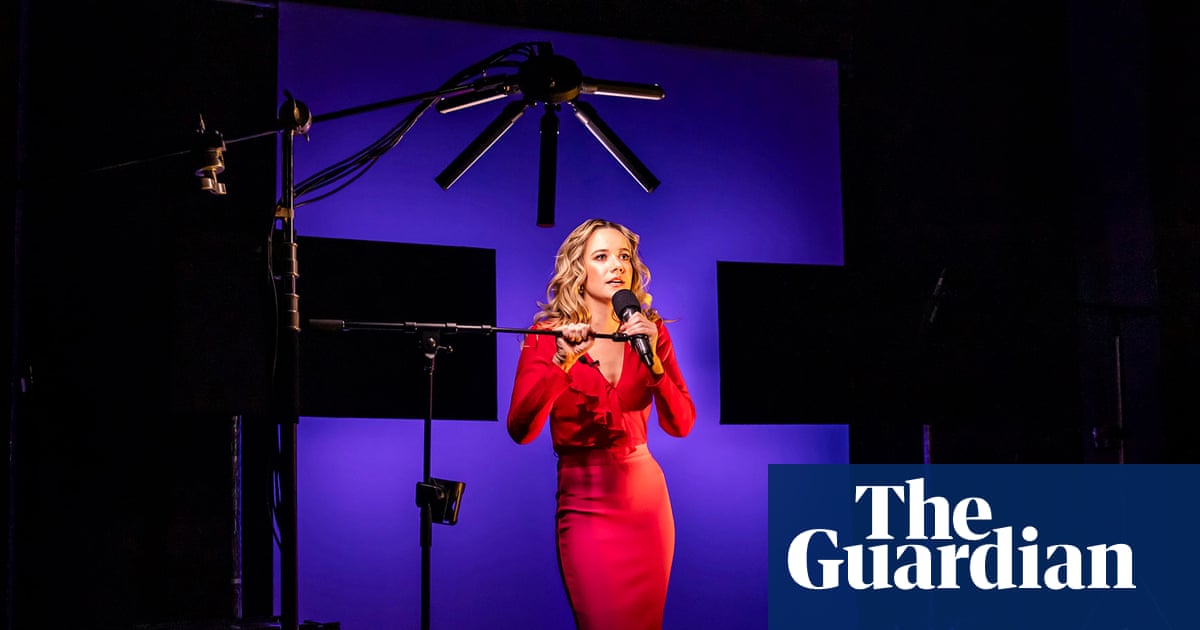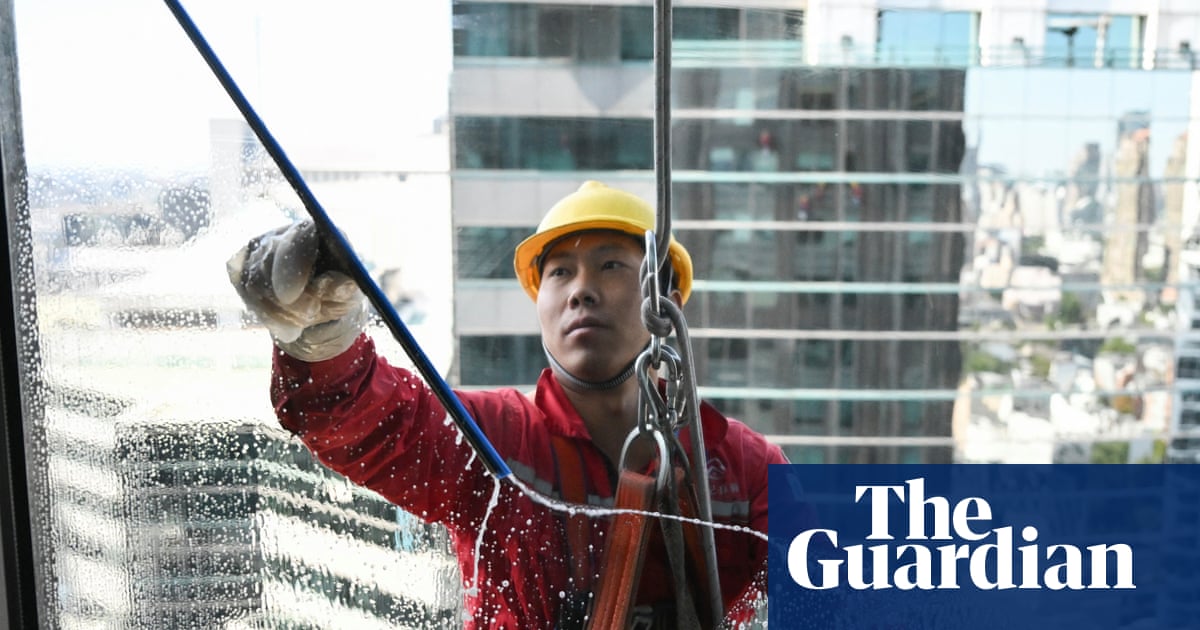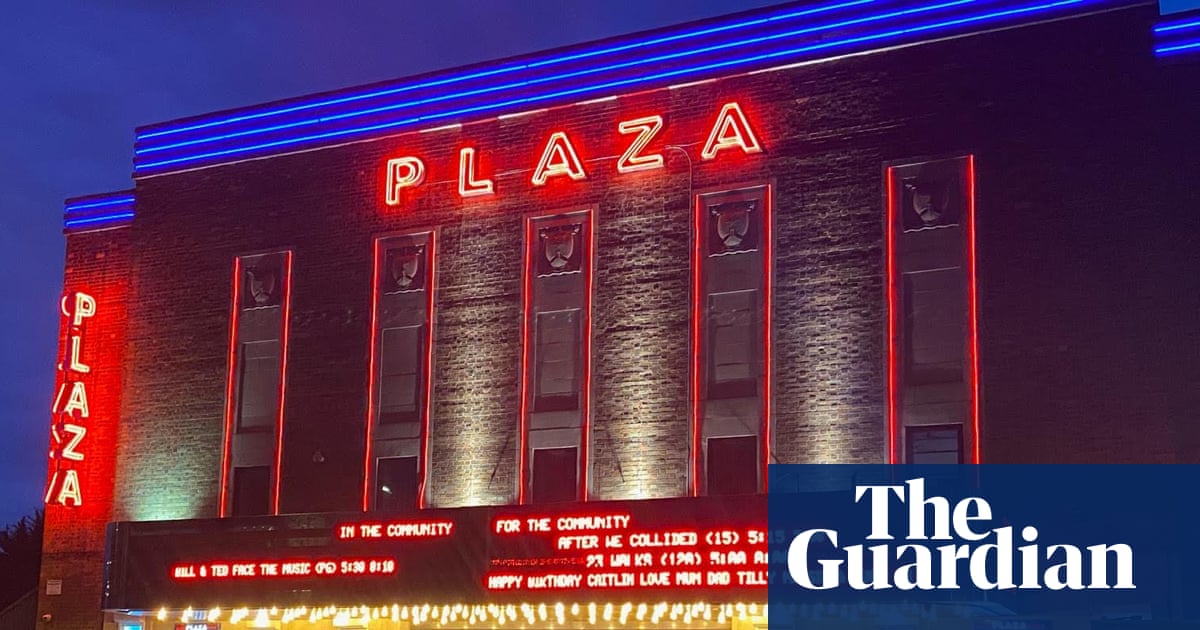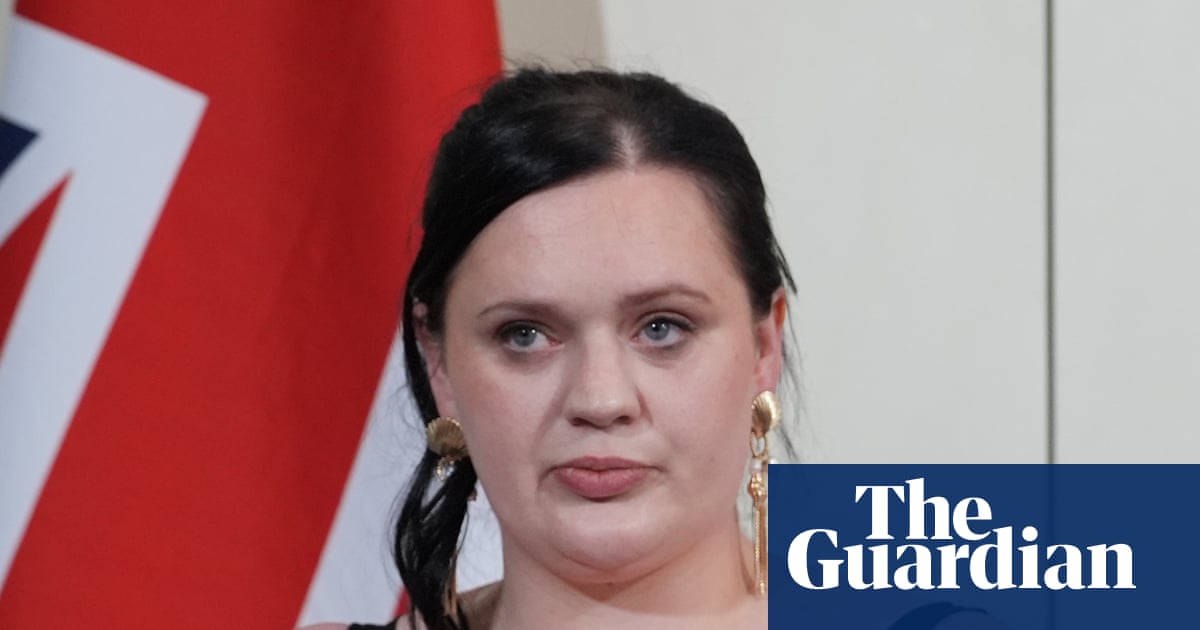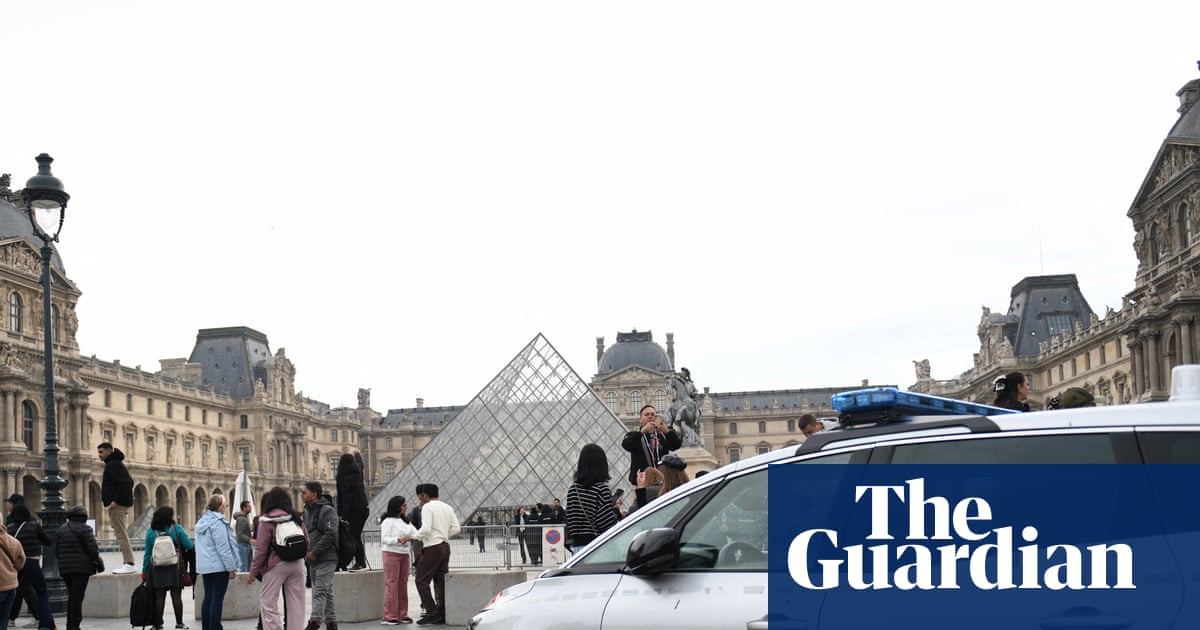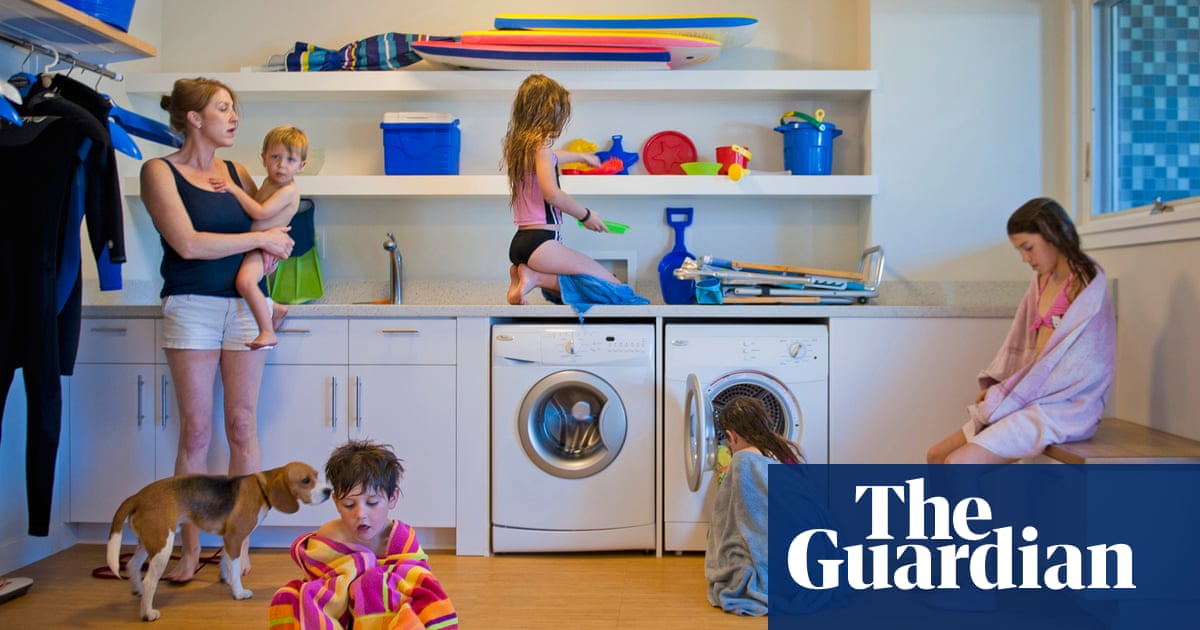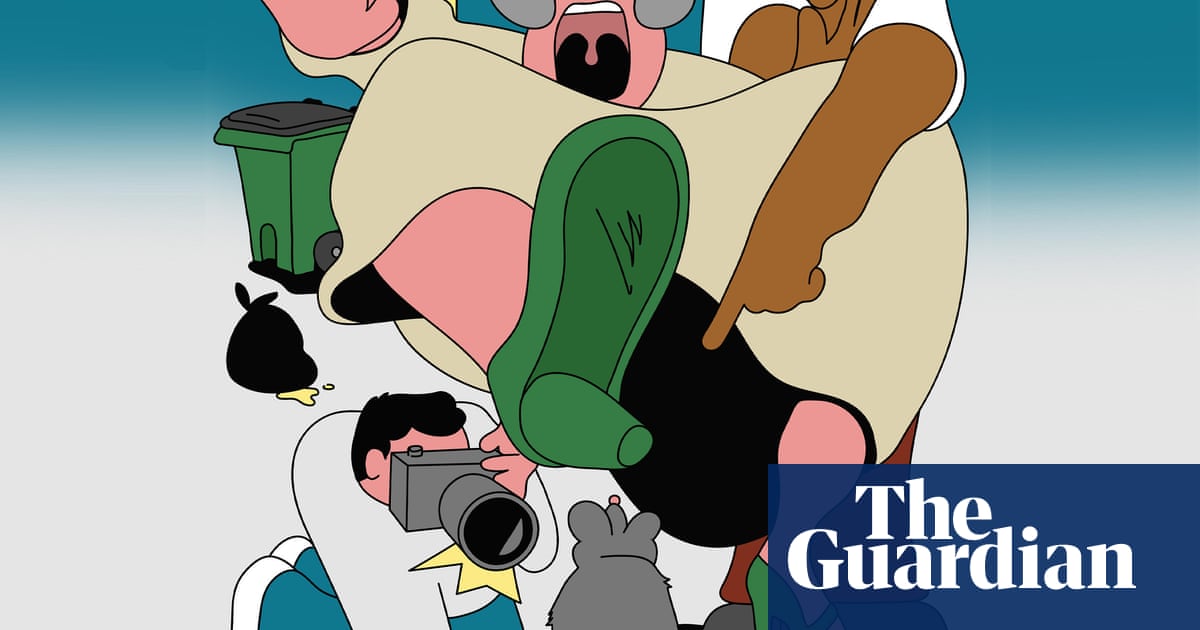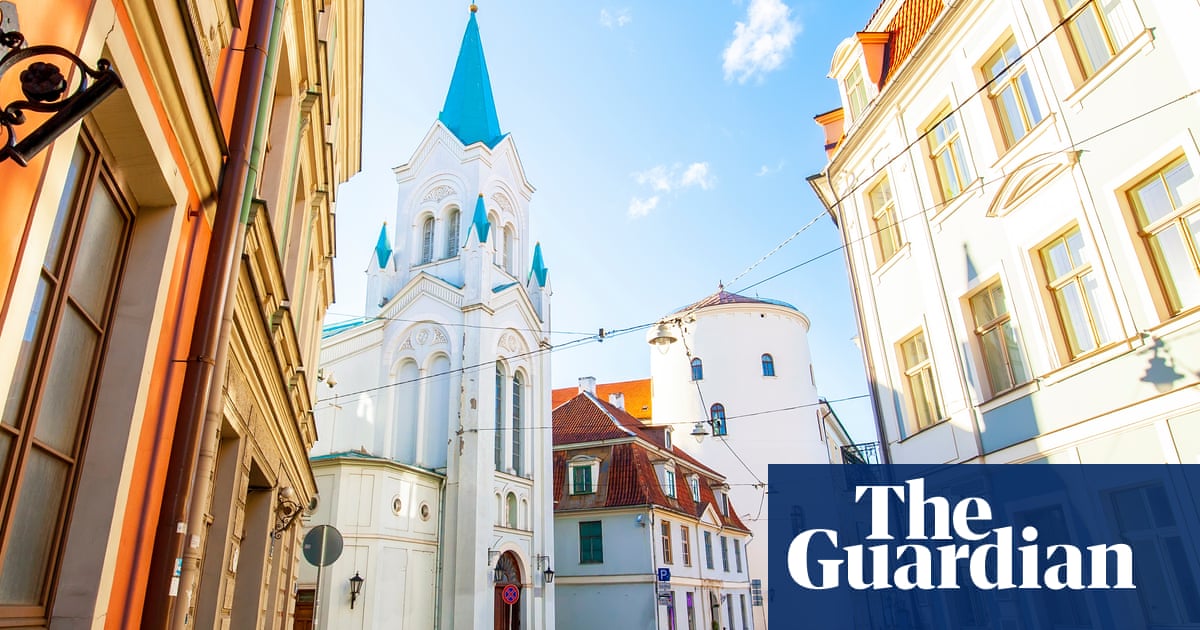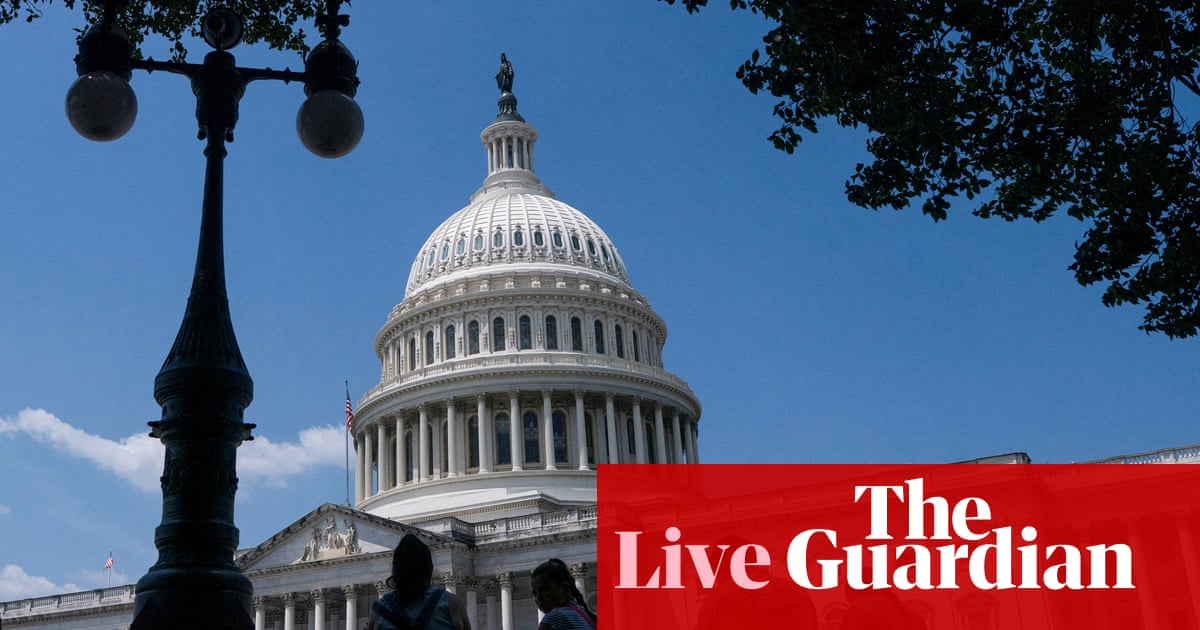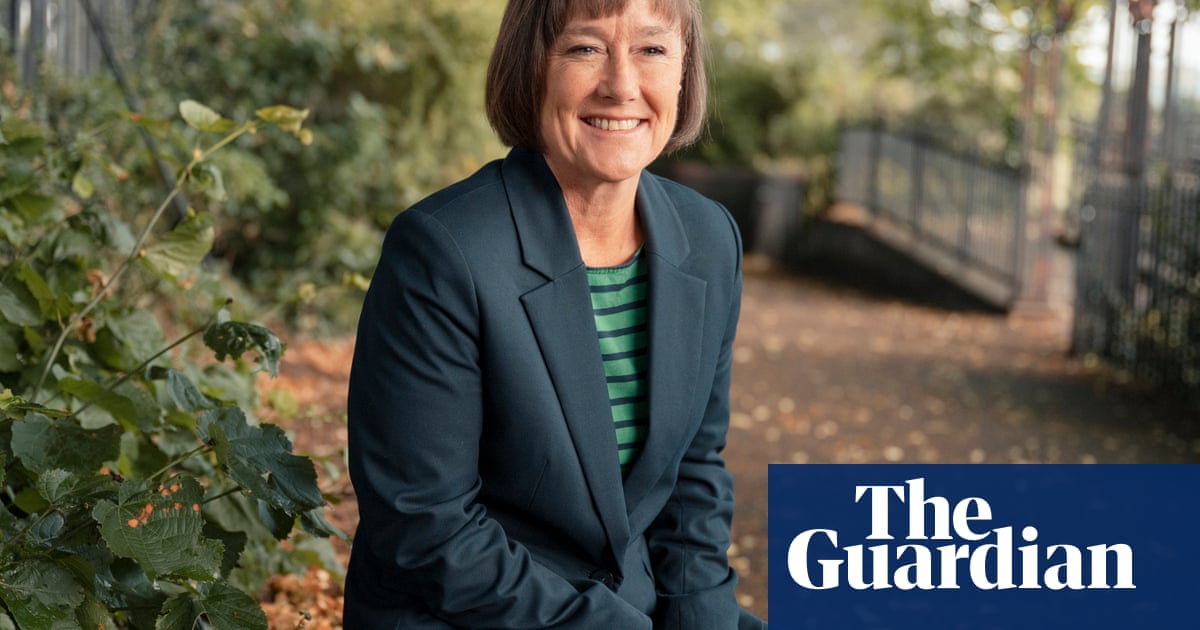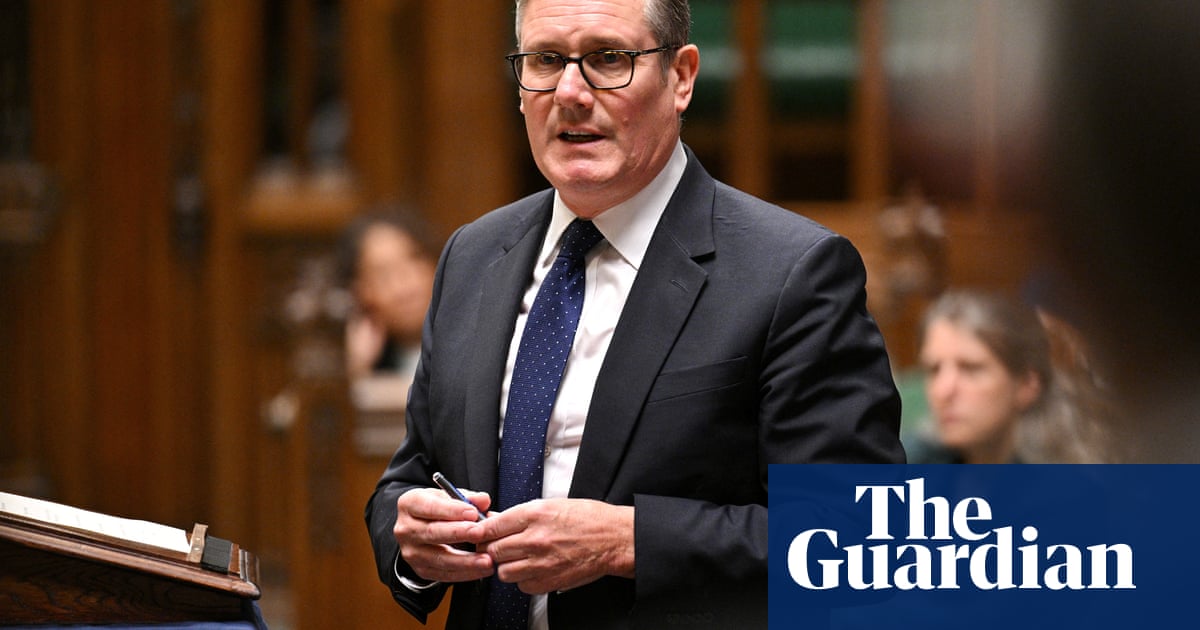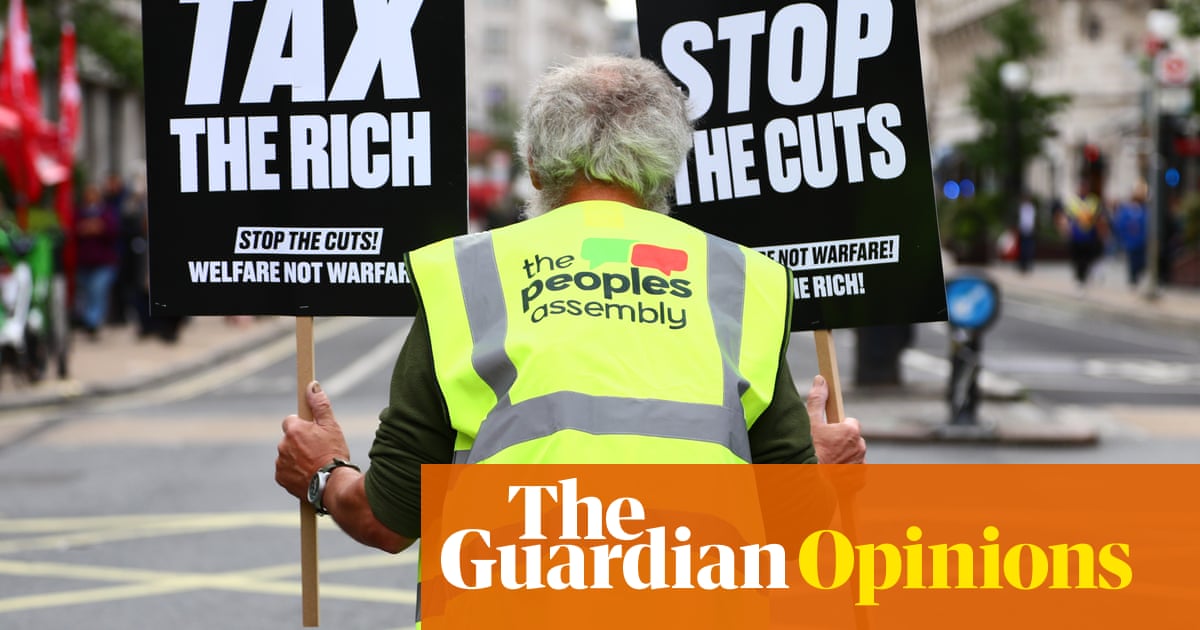On a railing, not far from Tate Modern, is a lockbox. Enter a code and inside is a membership card to the museum, enabling free access to its temporary exhibitions. You get your ticket, you return the card.
The Artist Membership Project, much to the ire of the city’s arts institutions, has been operating for three months with more than 600 members, mostly artists and recent graduates. Curator Ben Broome, who describes the guerrilla initiative as “part mutual aid project, part artwork”, estimates that those signed up have saved thousands of pounds in museum entry fees.
“I work in the art world, I can generally beg, borrow, and steal a pass, or I know someone who works at the museum,” Broome says. “But I did a studio visit with an artist who had recently graduated and is still finding her footing in the industry and I asked if she had seen the Ed Atkins show at Tate Britain. She replied that she’d have loved to have gone but it cost £18 and simply couldn’t afford that.”
A 2024 study found that the median annual salary of artists in the UK was just £12,500 a year, a 40% decrease since 2010.
Broome went away from the studio visit with a plan forming. He would email a dozen friends who run commercial art galleries and ask them to donate £100. He would then invest the money in membership cards to nine institutions, including the Tates Modern and Britain, the Courtauld Gallery, the National Gallery and National Portrait Gallery. These would be hidden in lockboxes, the location and code to which are provided over a WhatsApp group.
“It’s a little bit clandestine, it’s a little bit punk. There’s a sprinkling of low-level anarchy to the project,” Broome says. “That’s why people have responded so well to it, because it does feel somewhat divisive or uncouth. And I think we need a bit of that.”
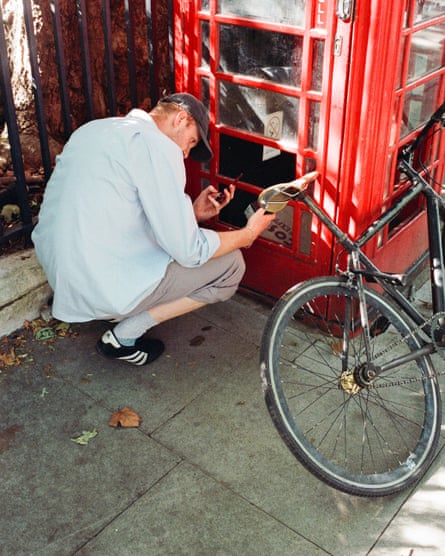
Broome adds: “I understand why these institutions have to charge for these shows, they cost thousands to stage. I just think that the act of charging artists is alienating the very audience that makes these institutions great in the first place.”
The curator cites the example of MoMA in New York, which offers a heavily subsidised artists’ membership scheme. Artists simply have to show some evidence of their practice at the museum’s information desk, be it a website or their social media.
There seems an appetite for a similar concessionary rate in the UK, as within days the WhatsApp group had blown up and the cards were being used several times a day. A spokesperson for Tate said: “Unlike many museums abroad, the UK’s national museums are free to all, including to artists … This is only possible because of the support of our members and the income generated by our exhibitions.”
Representatives of the Royal Academy and the V&A also noted that temporary shows were a major source of income. The terms and conditions of all the membership programmes involuntarily included in Broome’s scheme expressly forbid the sharing of cards. All the institutions pointed out they operate free entry days, occasional pay-what-you-can events and reduced prices for under-25s or those on benefits.
Broome says he understands the financial constraints on museums and that they do what they can. “Being the director of a major museum in London is no easy task, but I think we can separate the dire situation of the public-sector art world and the fact that artists can’t afford to see exhibitions. They are intertwined, both of these things are rooted in governmental failures. That being said, the audience who are using the membership scheme, they’re just not coming to your institution anyway. So it’s better to get those people through the door.”
after newsletter promotion
Visitor numbers across London’s arts institutions have barely recovered since the Covid-19 pandemic, with footfall across the Tate sites down by over 30% since 2019.
There are signs that Broome’s provocation is bearing fruit. Gilane Tawadros, director of the Whitechapel Gallery in London told the Guardian: “I wasn’t personally aware of this scheme, but many of our staff are also practising artists, so I would imagine they are. I fully understand the need for artists to share resources as ticket prices for exhibitions are often prohibitively expensive and being able to go and see work is vital. I think it would be great for arts institutions to consider as many ways as possible to support and nurture our artist communities.”
Earlier this month the Barbican cancelled Broome’s membership card, citing “suspicious activity”. He crowdfunded for a replacement under a new name which was promptly also cancelled. Now however a spokesperson says the gallery will reach out to him to “explore options”.
“The idea behind this project was not to create an infrastructure from which people could access free exhibitions indefinitely,” the curator says. “It was always destined to fail in that. Some of the cards have got so soggy from being out in the elements that they’re practically unusable, one of the lockboxes has seized up. It was designed to show the precarity of artists and that there is a need for an alternative model – which I think it has done.”

.png) 3 hours ago
4
3 hours ago
4


